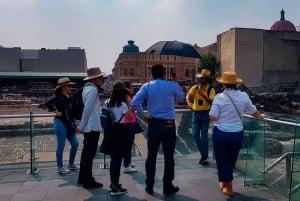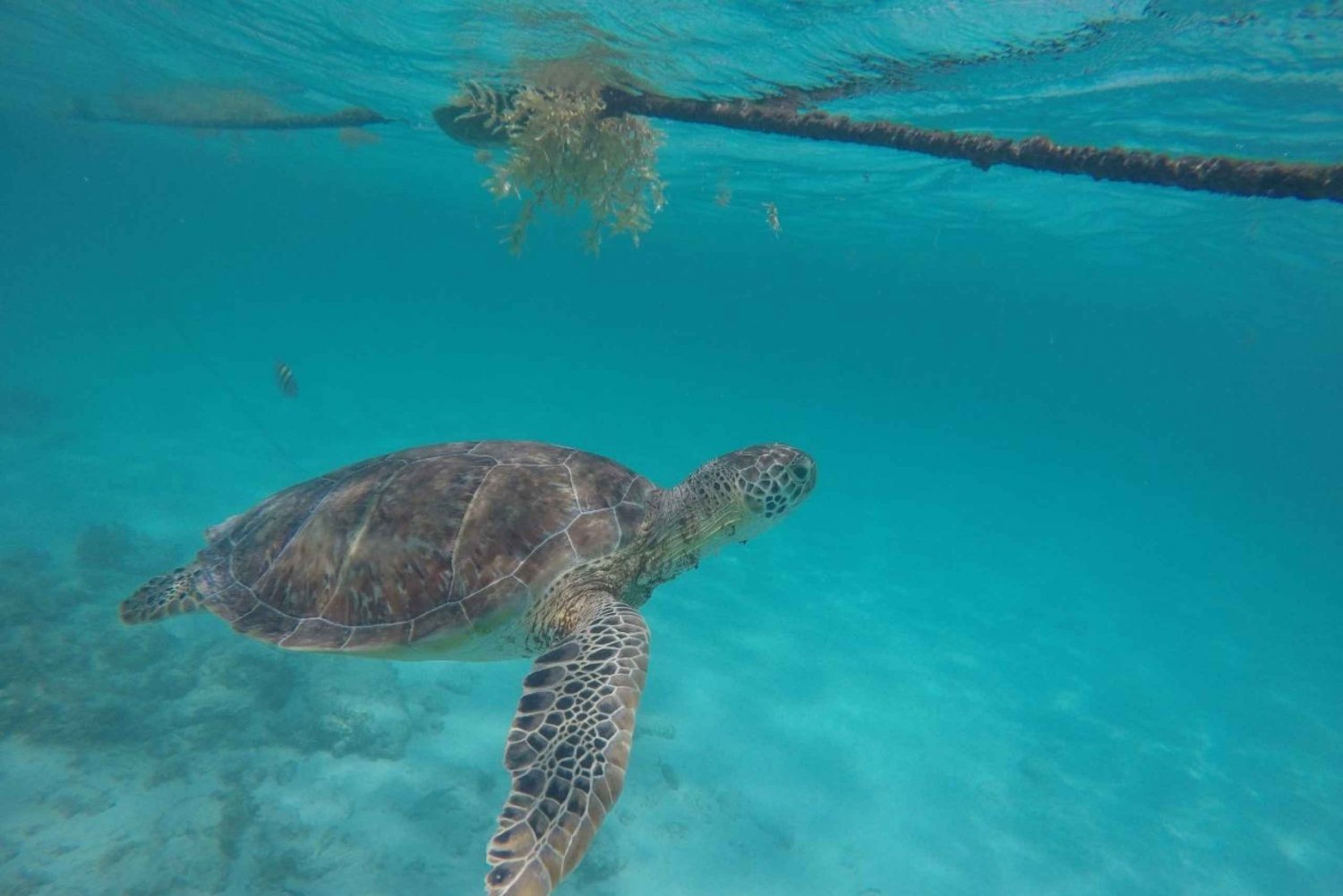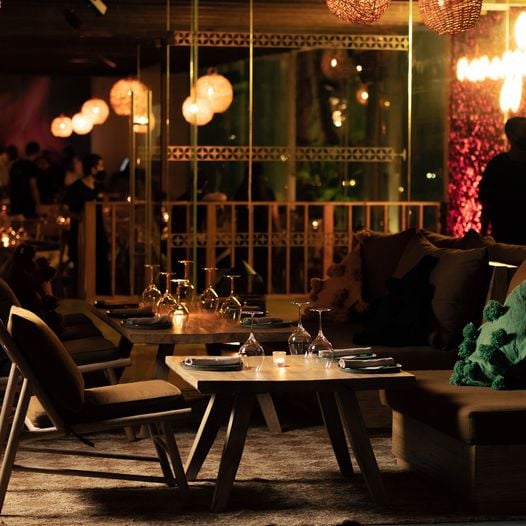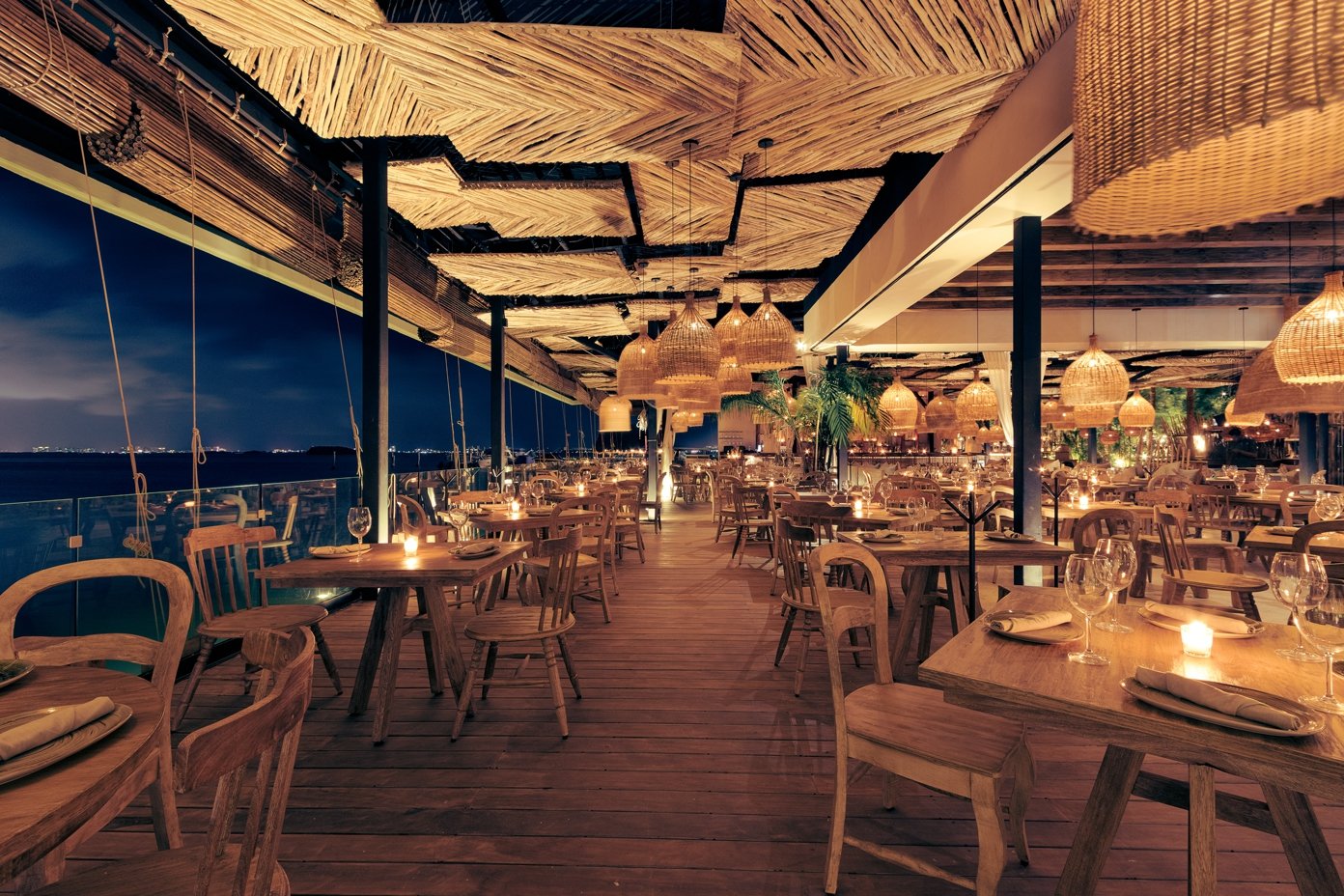Cobá: the mighty empire that was forgotten
Book Top Experiences and Tours in Mexico:
If youʻre booking your trip to Mexico last minute, we have you covered. Below are some of the top tours and experiences!- From Mexico City: Teotihuacan Air Balloon Flight & Breakfast
- Valle de Guadalupe Wine Tasting Tour
- Mexico City: Historic Downtown Walking Tour
- Riviera Maya: Rio Lagartos & Las Coloradas Day Trip w/Lunch
- From Cancún: Rio Lagartos & Las Coloradas Day Trip & Lunch

Cobá, Quintana Roo, Mexico
Credit: INAH
Little by little Cobá began to grow in all senses: economic, political and social. It is estimated that between 200 and 600 AD it had more than 50 thousand inhabitants and an area of 80 square kilometers, becoming so important that it eventually dominated the entire north of the state that we know today as Quintana Roo and a part of Yucatán.
The Cobá Project, which has been working with specialists from the National Institute of Anthropology and History (INAH) and the Autonomous University of Mexico (UNAM) for more than two decades, was pleasantly surprised in mid-2020: this city reached its economic peak and politician ruled by Ixik Yopaat; the word Ixik is translated as lady and although some other Mayan lordships (such as Palenque and Naranjos) came to have female leaders, it was something very rare. The Ixik Yopaat government lasted just over 40 years, confirmed by archaeologists, restorers and epigraphers.

Cobá, Quintana Roo, Mexico
Credit: INAH
Its economic success was based on the great trade in salt, fish, corn, honey, vegetables, marble and jade. The main consumers were other Mayan communities, especially Belize and Honduras, using the ports of Xcaret, Xel-Há, Muyil and Tulum.
This powerful metropolis had numerous ceremonial centers, a ball court, an astronomical observatory, and several pyramids, including Nohoch Mul, which is the highest in the Yucatan Peninsula.
Eventually Chichén Itzá emerged, with Mayans who had migrated from the east seeking to establish their people peacefully. Over the years, Chichén Itzá became a conflictive place and in search of socio-political power, the two cities fought constantly until Cobá was defeated.

Selva Maya, Quintana Roo, Mexico
Credit: THP-Creative
The imposing jungle that surrounds Cobá made this historical place almost forgotten by archaeologists, so it was not studied until the 1970s. There is still so much to discover that tourists can only visit 1% of this place, but today this archaeological site survives on tourism, which has gained popularity over time. One more time.
If you want to see how majestic Cobá is, go packing your bags! In My Guide Mexico we have Hotels, Restaurants and Activities so you can plan a great trip through the Riviera Maya.

















































